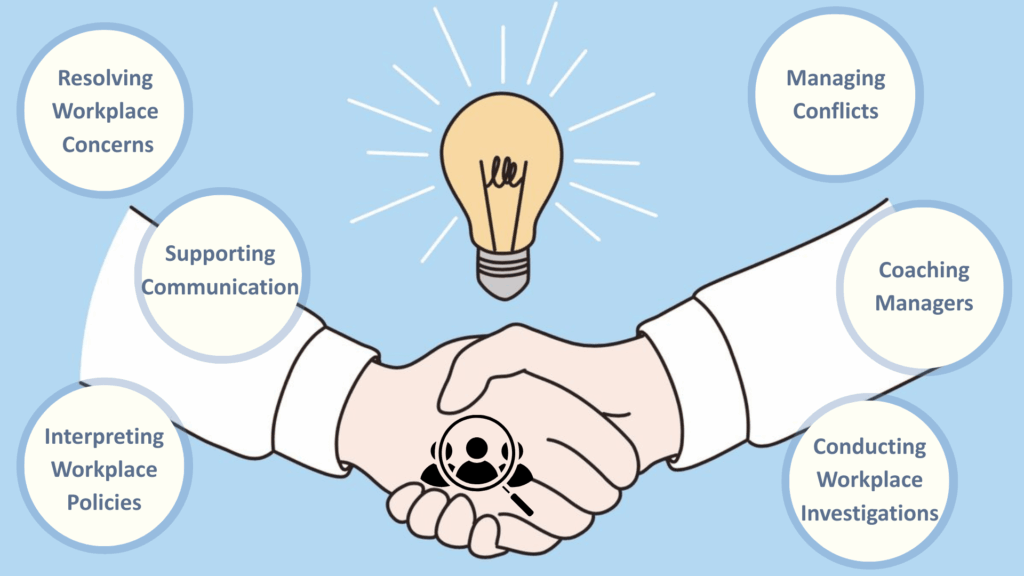Creating a fair workplace is not just good business practice.
It’s the law. HR professionals face complex employment regulations daily.
Two key concepts often cause confusion: disparate treatment vs disparate impact.
Both terms relate to workplace discrimination, but they work differently. Disparate treatment involves intentional bias.
Disparate impact happens when neutral policies create unfair results.
This explains both terms clearly. You’ll learn practical examples and see how to prevent both problems in your organization.
Disparate Treatment
Disparate treatment means treating employees unfairly on purpose.
It happens when managers make decisions based on race, gender, age, or religion instead of job skills.
A manager who only promotes men is showing disparate treatment.
The same goes for refusing to hire older workers.
This type of bias is always illegal under employment law.
Which Groups Are Protected Under Employment Law?
Employment laws protect specific groups from discrimination. These groups are called protected classes.
Federal law covers the most important categories that every HR professional must know.
Protected Classes Include
- Race and color: Discrimination based on skin color or racial background is illegal.
- Gender and pregnancy: Includes sex-based bias and pregnancy-related discrimination.
- Age (40 and older): Workers over 40 cannot be treated unfairly due to age.
- Religion and beliefs: Employees must have reasonable accommodations for religious practices.
- National origin: Bias against someone’s country of birth or ancestry is prohibited.
- Disability status: Qualified workers with disabilities deserve equal treatment and accommodations.
Title VII of the Civil Rights Act established most of these protections.
The Americans with Disabilities Act and the Age Discrimination in Employment Act added more coverage.
| The Americans with Disabilities Act (ADA)
The ADA protects qualified workers with disabilities from discrimination. It requires employers to provide reasonable accommodations unless they cause undue hardship to the business. Common accommodations include modified work schedules, accessible workspaces, or assistive technology. Employers cannot ask about disabilities during interviews, but can ask if candidates can perform essential job functions. |
Disparate Impact
Disparate impact occurs when workplace policies appear fair but harm certain protected groups.
Unlike disparate treatment, there’s no intent to discriminate.
The policy looks neutral on paper, but creates unequal results.
This happens when companies use hiring tests, physical requirements, or educational standards that aren’t truly needed for the job.
These policies can accidentally shut out qualified candidates from protected groups.
Common Examples
- Physical Tests: Requiring all workers to lift 100 pounds may exclude women or people with disabilities
- Educational Requirements: Demanding college degrees for basic jobs can disproportionately affect certain racial groups
- Criminal Background: Blanket ban on any criminal history often impacts minority communities more heavily
- English Proficiency: Requiring perfect English for non-customer roles may unfairly exclude qualified immigrants.
Disparate Treatment vs Disparate Impact vs Overt Discrimination
Workplace discrimination isn’t always subtle or hidden.
Beyond disparate treatment’s intentional bias and disparate impact’s unintended consequences, overt discrimination stands out as the most blatant form.
When employers openly state discriminatory reasons for their decisions, post discriminatory job ads, or create policies that explicitly exclude protected groups.
| Aspect | Disparate Treatment | Disparate Impact | Overt Discrimination |
|---|---|---|---|
| Visibility | Clear and obvious | Subtle, often overlooked | Obvious and unmistakable |
| Legality | Always illegal | Illegal if not job-related | Always illegal |
| Evidence | Proof of intent required | Statistical evidence needed | Direct evidence of discriminatory action |
| Example | Denying a job based on gender | Requiring height limits that exclude women | Refusing to hire based on race |
| Defense | No valid defense | Can justify with business necessity | No valid defense |
Is Disparate Impact Illegal?
Disparate treatment is always illegal under federal law.
Disparate impact, however, is only illegal when the policy isn’t necessary for business operations.
Employers can defend disparate impact if they prove the policy is job-related and serves a legitimate business purpose.
The EEOC (Equal Employment Opportunity Commission) evaluates each case individually.
For example, requiring heavy lifting for warehouse jobs may be acceptable.
But requiring the same for office workers would likely be illegal disparate impact.
Notable Disparate-Impact Cases

These cases show how disparate impact claims have shaped legal interpretations of workplace and housing policies.
It focuses on the need for fairness and compliance with anti-discrimination laws.
1. Griggs v. Duke Power Co. (1971)
This landmark Supreme Court case established the theory of disparate impact discrimination.
Duke Power Company’s use of an intelligence test and high school diploma requirement, which were unrelated to job performance, disproportionately excluded Black applicants.
The Court ruled that neutral policies leading to unequal outcomes are unlawful unless proven necessary for the job.
Actionable Insights:
- Policies must be job-related and necessary.
- Regularly review hiring criteria to avoid discrimination.
- Disparate impact claims focus on the effect, not intent.
2. Wards Cove Packing Co. v. Atonio (1989)
In this case, minority workers at a seafood packing company argued that the company’s hiring practices for higher-paying jobs disproportionately affected them.
The Court shifted the burden of proof onto the plaintiffs, making it harder for them to challenge discriminatory practices. This ruling was later partially reversed by Congress.
Actionable Insights:
- Ensurehiring practices are transparent and fair.
- Policies should not disproportionately affect protected groups.
- Be mindful of shifting the burden of proof in discrimination cases.
3. Texas Department of Housing v. Inclusive Communities Project (2015)
This case upheld the use of disparate impact claims under the Fair Housing Act, involving a Texas housing program that placed affordable housing in predominantly minority neighborhoods, disproportionately affecting these communities.
The Court ruled that such policies could be challenged even without proof of discriminatory intent.
Actionable Insights:
- Review policies to avoid adverse impacts on minorities.
- Disparate impact claims can challenge policies without proving intent.
- Conduct regular policy audits for fairness and compliance.
What Is the Disparate Impact Test?
The disparate impact test measures whether a seemingly neutral workplace policy or practice disproportionately affects a protected group.
It does not consider intent but focuses on outcomes.
Employers often use statistical methods, like the four-fifths (80%) rule, to identify potential disparities in hiring, promotions, or other employment decisions.
If the test shows significant adverse effects, the organization must demonstrate that the practice is job-related and necessary.
This test helps employers ensure fairness, maintain compliance, and prevent unintentional discrimination in the workplace.
How to Prevent Both Types of Discrimination?
Using these key prevention steps helps organizations minimize both disparate treatment and disparate impact, ensuring fair and unbiased hiring and promotion practices.
- Train all managers on fair hiring and promotion practices
- Use structured interviews with identical questions for all candidates
- Review job requirements yearly to remove unnecessary barriers
- Track hiring and promotion data by protected groups
- Document reasons for all employment decisions clearly
- Conduct regular policy audits to identify potential bias
- Remove physical or educational requirements that aren’t job-related
Conclusion
Understanding disparate treatment vs disparate impact is essential for every HR professional. Both create legal risks but work differently.
Disparate treatment involves intentional bias. Disparate impact happens through seemingly fair policies that harm protected groups.
Prevention requires ongoing training, fair hiring practices, and regular policy reviews. Document all decisions clearly and track your hiring data.
Ready to strengthen your HR compliance?
Ensure equity in your organization, review and refine your HR policies now.
Frequently Asked Questions
What Is Overt Evidence of Disparate Treatment?
Direct statements, policies, or actions that clearly show intentional discrimination based on protected characteristics, such as refusing to hire women for certain jobs.
What Is Prima Facie of Disparate Treatment?
Basic evidence needed: you’re in a protected class, qualified for the position, rejected, and the position remained open or went to someone outside your class.










